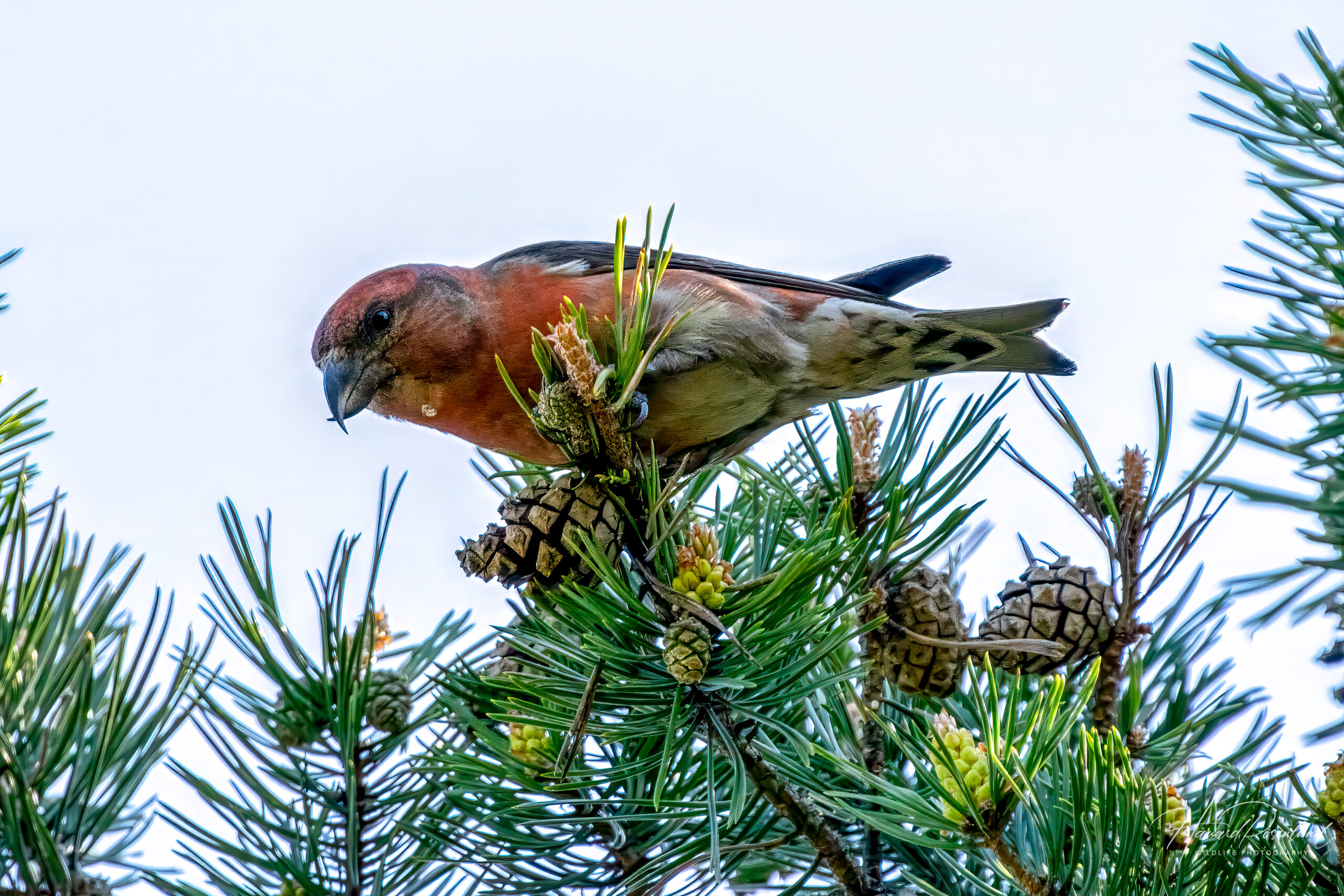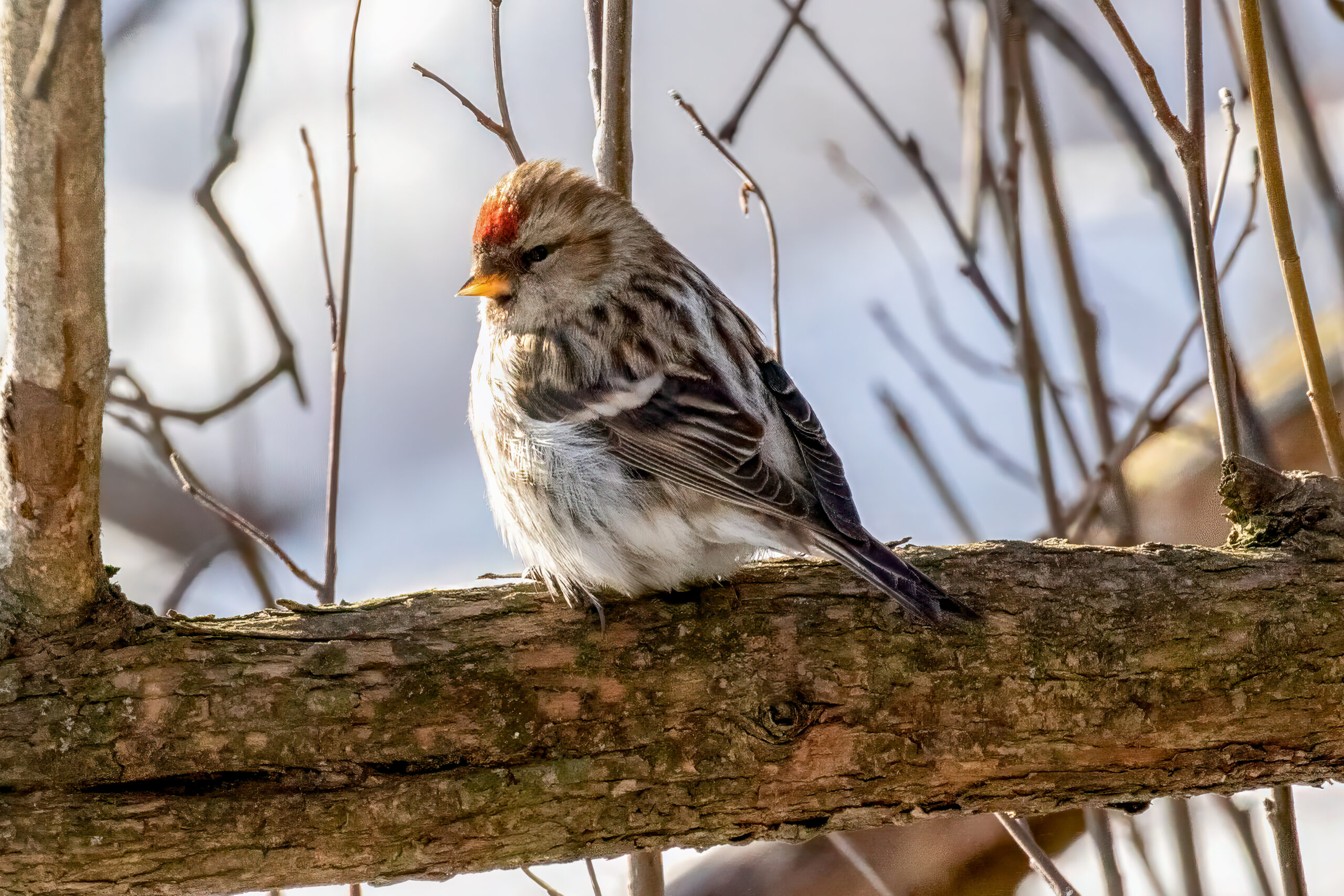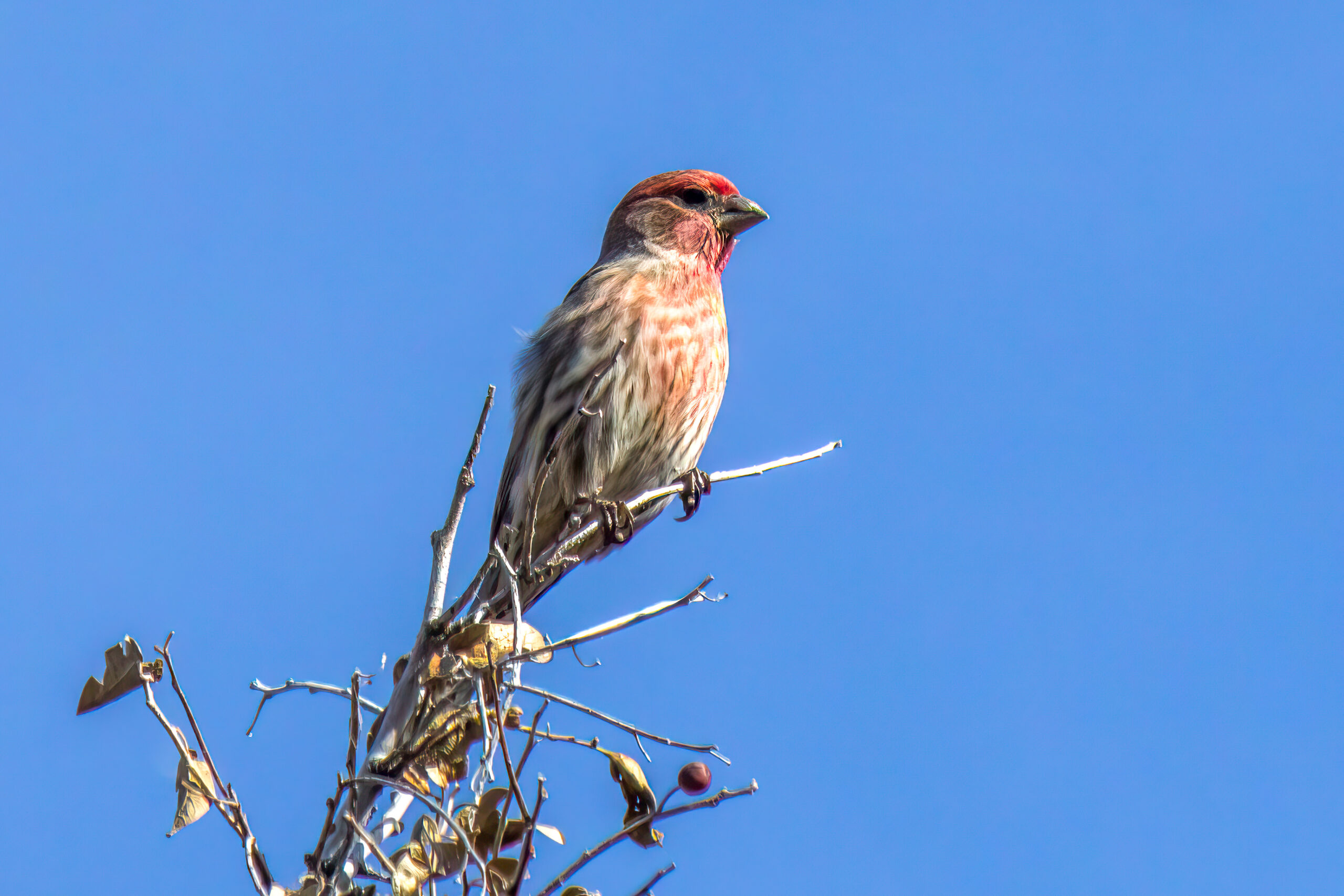Description
The red crossbill (Loxia curvirostra) is a distinctive passerine bird with a range stretching across Europa and Asia to North America. It is known for its unique bill, where the tips of the mandibles cross at their tips. This adaptation allows it to extract seeds from conifer cones, which constitutes the main part of its diet. Adult males typically showcase a bright red or orange plumage, while females and young birds display olive-green or yellowish colors. They average about 15-17 cm (5.9-6.7 in) in length, with a wingspan of 25-30 cm (9.8-11.8 in). Their size and coloration can vary significantly across their range, leading to discussions among scientists about the existence of various subspecies or even distinct species within the “red crossbill” label. They are very similar to the parrot crossbill (Loxia pytyopsittacus) in Europe but can be distinguished by their smaller size and more slender bill.
Diet & habitat
Red crossbills inhabit coniferous forests, including pine, spruce, and fir forests across the Northern Hemisphere. They are well-adapted to their environment; their peculiar bill shape is perfect for prying seeds from cones, which makes up the bulk of their diet. Occasionally, they may also consume insects and small invertebrates. Their habitat preference is closely tied to the availability of conifer seeds, influencing their distribution and movement patterns significantly.
Migration
Unlike many birds, red crossbills do not follow a predictable migration route. Instead, their movements, often described as irruptive, are closely tied to the availability of conifer seeds. In years where seeds are plentiful, they may not migrate at all, but in years of scarcity, they can travel great distances in search of food. This nomadic behavior makes their migration patterns unpredictable, and they have been known to appear in large numbers in areas where they are not commonly found.







